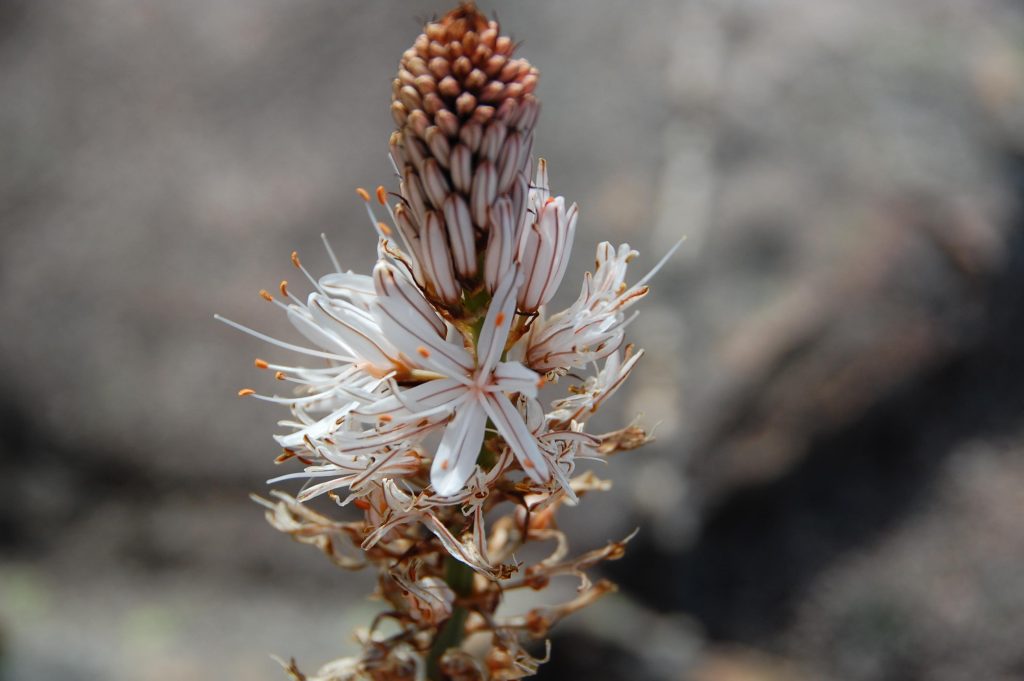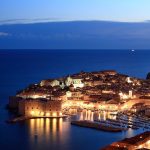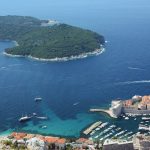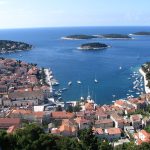In this instalment of our alphabet series, we’re focusing on two problem-makers in Croatian language: letters Č and Ć
When I started writing the alphabet series, I thought it would be a fun way to explore the coast, as the concept allows both for drawing attention to often overlooked destinations and paying tribute to some of the better known features of the Adriatic. Plus, I’m a fan of lists and occasional bad jokes, and this gives me the opportunity to do both. So yes, it was fun – until I hit a wall.
See, I dove into the series head-first without stopping to think which particular alphabet I’d be doing. Croatian or English? I’m not planning to drop it halfway through, so it might’ve been a good idea to decide in advance which battle to face: the challenging W, X and Y, or the Croatian diacritics? English would’ve been easier, but our coast isn’t exactly brimming with X examples, so I’m going the local way. After all, there have been a few comments on Facebook remarking ‘I’m looking forward to Č, heh heh’, and I’d hate to disappoint, a.k.a. am not about to give anyone the satisfaction of skipping any problematic letters. Come to think of it, I should’ve gone with Italian.
Č & Ć
So, what are these bad boys about anyway? Foreigners usually sail through names like Pula, Zagreb and Split without a problem, but once you bump into a sign saying Pučišća, things get a bit more complex. Don’t worry, you’re not alone: us Croats might find them easy to pronounce, but the pair of letters can present a problem in the spelling domain. They are both pronounced as the ch sound in English – think ch in cherry or chat – but with slight differences in tone. While Ć is a bit softer and shy, Č has a more bodacious, juicy ring to it – think tch in German.
As Croatian is no simple language, there’s an abundance of spelling rules dictating proper use of each of the letters, and many a person is guilty of mixing them up on occasion. This means you don’t have to worry about coming off as inept at the language if you spell something wrong, but it would be a wise move to learn how to deal with toponyms that contain these little pesky ticks over the letter C. Don’t resort to the easy solution and ignore the diacritics: Brač doesn’t rhyme with bric-a-brac, Ičići doesn’t rhyme with Sissi; it’s bratch and ee-chi-chi. Remember to use your ch, and you’re all set.
The Croatian coast doesn’t provide us with plenty of terms starting with these problem-makers, so we’ll keep the list short and use this opportunity to do a language class. Let’s dive straight into the stormy waters of Croatian pronunciation with what might be the greatest tongue twister on the entire Adriatic coast:
Čeprljanda
Pronunciation: [chep – let me think. che-purr-lyan-da.]
The daunting term marks a lovely village on Ugljan island, one that gets its name after a plant locals call čeprlj. I was just about to claim the word itself doesn’t really evoke an appealing image when a quick Google search proved me wrong, uncovering that the plant in question, white asphadel, actually looks like this:
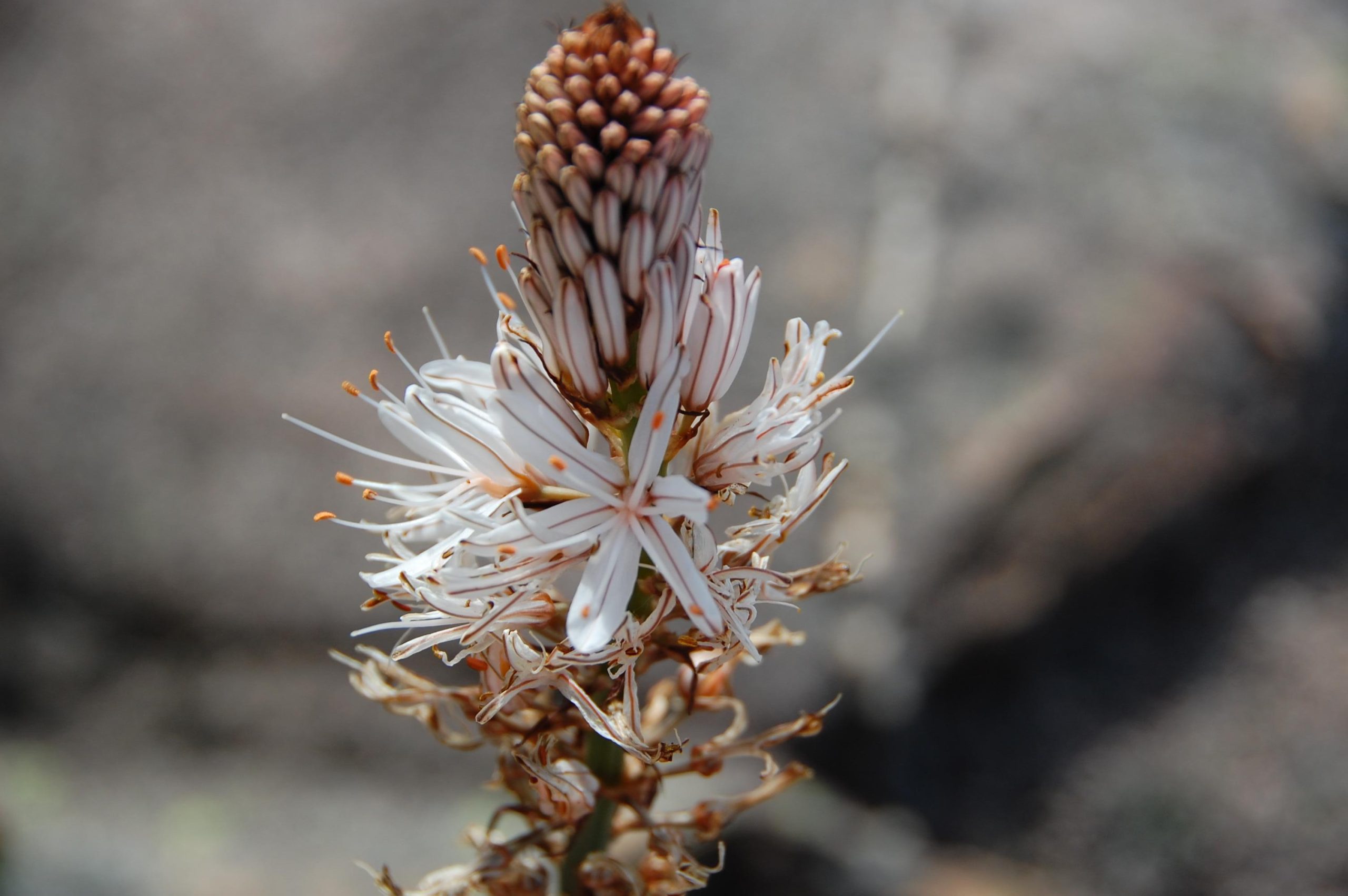
Quite pretty. No wonder the local population decided to slap it onto their official logo, next to an image of a sail:
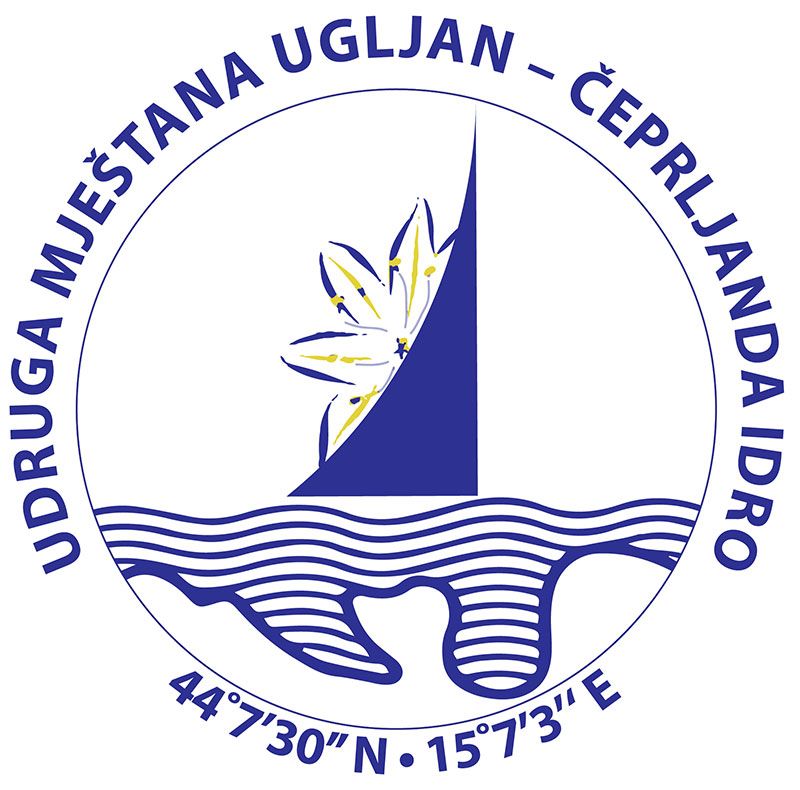
That same population is what makes Čeprljanda a delightful topic to cover. The village itself is nestled in a little bay on Ugljan, the first one you’ll come across if you head from the ferry port in Preko to Ugljan town. The pleasant visual of charming houses and tiny white boats bobbing along the waterfront makes for an attractive destination as it is, but the quality of life in Čeprljanda is made infinitesimally better by the locals’ incessant efforts to further develop their community. Their official motto is ‘I’ve been around, but I still like it best here’ (sve san obaša, vode je nojbolje), and they do their best to make the claim convincing. Assembled in a local association named ‘Idro’ (sail), they are constantly coming up with new initiatives, development projects and entertaining events both them and their guests are sure to enjoy. The biggest bash of them all is their annual fešta, a weekend-long festival that can best be summed up as eat, drink, and be merry. The event is known as one of the most popular festivals in the entire Zadar archipelago, and in case you need some evidence of the fešta’s prestigious reputation, let it be known that the official Idro website features a countdown timer to the next year’s edition already. Thirty-nine weeks to go – in the meantime, check out this piece on the latest Čeprljanda fešta and enjoy the delightful photos.
Čiovo
Pronunciation: [chi-oh-woe] Easy to remember and very misleading – there are no woes on Čiovo.
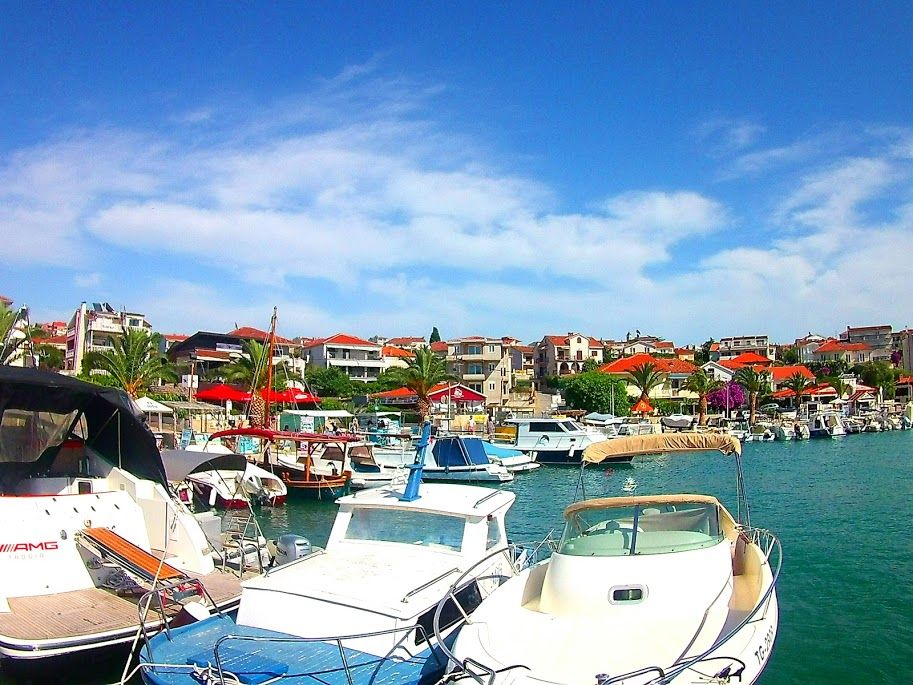
Marina in Okrug Gornji on Čiovo island
Head a bit further to the south from our previous item, and you’ll reach this small island connected to the city of Trogir by a drawbridge. The 28 square kilometres are divided into no less than three administrative areas (Trogir, Čiovo and Okrug), and house several villages that are home to stunning examples of well-preserved religious architecture.
The island has been inhabited since prehistoric times, bearing the name Boa in the classical period. While the ancient Roman name for the island might have been easier to pronounce, it does sound a bit ominous; let’s say we’re happy the current name doesn’t make one think they’re to be greeted by snakes throughout their holiday and leave it at that.
The northern coast of Čiovo island owes its development to historical turmoil, as the population considerably grew in numbers once when people living on the mainland started moving to the island to seek refuge from the Turkish invasion in the 16th century. While the southern coast remains mostly uninhabited to this day, the north provides enough content for an entire week of sightseeing: there’s the Dominican monastery of the Holy Cross in Arbanija village, a beautiful complex built in the 15th century with a spacious garden in the cloister. Čiovo village houses the Franciscan monastery of St Anthony, whose treasury is home to priceless works of sacred art, including a painting of Jacopo Palma il Giovane, a renowned Venetian artist from the 16th century. Start with the early Romanesque church of Our Lady and walk your way through multiple centuries, and you have yourself a visually stunning historical itinerary. Not of the sightseeing sort? There are beaches and restaurants waiting; lay back and enjoy your holiday in this authentic Mediterranean destination.
Ča
Pronunciation: [cha]
To get back to linguistics for a moment, let’s look at the shortest Croatian word starting with Č, heavily loaded with character and patriotic identity. Ča translates to what, but unlike the standard Croatian što, ča makes for its regional counterpart, giving the name to the chakavian dialect that’s mostly used in Istria and on Kvarner. You’ll also hear people cha-ing away on the majority of Croatian islands, apart from the southernmost ones such as Mljet and the Elaphites. Ča stands as a symbol of the local identity deeply rooted in historical tradition: out of the three major Croatian dialects, chakavian was the one that gave way to the formation of the first literary standard in Croatia. Countless academic symposiums, literature festivals and poetry nights have been dedicated to the great ča and all of its wonders; it seeped into people’s characters, literature, music, and all other manifestations of modern culture. In case you’ve been trying your hand at mastering the basics of Croatian, opening a question with a ča instead of što is the quickest way to win an Istrian’s heart. Oh, and for that matter, ča is the reason why the sole mention of cha-cha-cha in these particular parts of the country makes it sound like someone is either very exasperated or terribly confused.
Ćakule
Pronunciation: [cha-cool-eh]
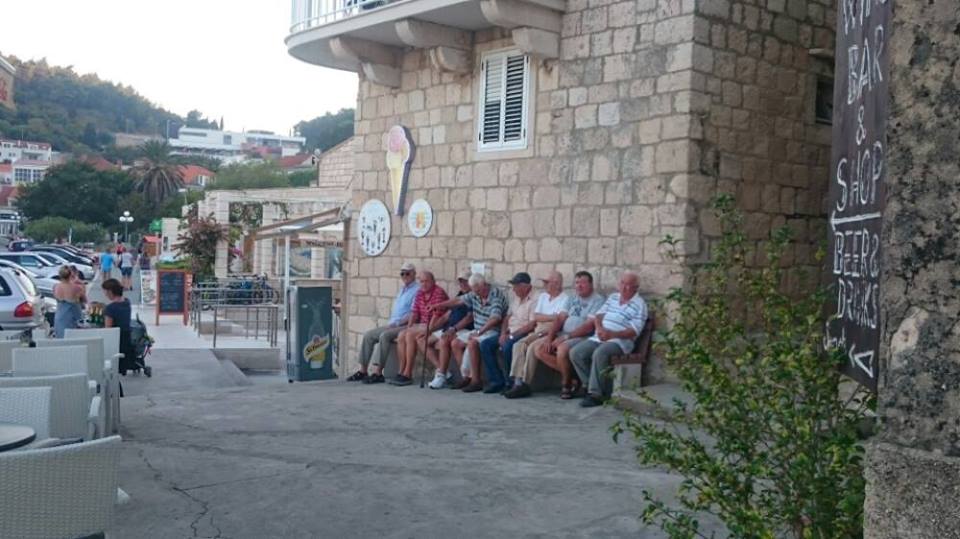
The Bench in Korčula town.
To round up this short feature on the wonders of č and ć, let’s bring forward one of the most significant features of coastal life. Ćakule roughly translates to chats, but the scope of the term goes beyond a simple verbal transaction. It’s a cultural phenomenon whose name covers everything from exchange of opinion and gossip to serious discussion of weighty topics vital to the Croatian society. So, unlike the verb chat which usually implies a lighthearted conversation, ćakule can make both for a quick interaction or a lengthy social meet-up. The easiest way to explain this is to turn your attention to our bench series: whenever a group of elderly locals gathers on a bench in any coastal town for a round of casual (or heated) debate, they’re engaging in ćakule.
That will be all for today. Those of you who are eager to learn more and impress your friends with your pronunciation skills, ask a local to read the following phrase aloud to you: cvrči cvrči cvrčak na čvoru crne smrče. The favourite Croatian tongue twister roughly translates to ‘a cicada chirps and chirps on a knot of a spruce branch’, and two of the most likely occasions for it to turn up are an elementary school language class and an evening out, at a point where everyone’s had one too many. It’s an endless source of joy for everyone involved – try it out, and don’t despair if you don’t get it right after the first ten attempts. Neither do we.

